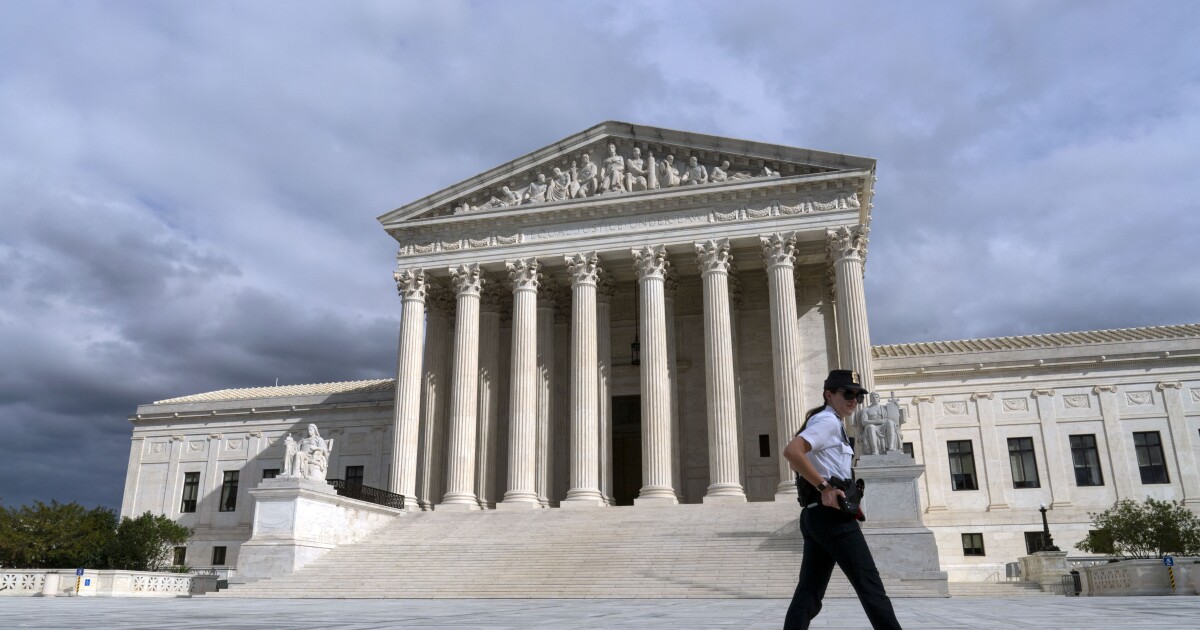

Lax security protocols at the Supreme Court, particularly around securing and tracking documents, might have made an investigation into a historic leak last year much harder.
Justices and their aides failed to follow uniform standards for security, according to former court employees who spoke to CNN. Besides justices using personal email addresses for work, there were problems with securing documents destined to be destroyed and using printers that failed to keep logs.
SIX UNANSWERED QUESTIONS AFTER SUPREME COURT RELEASES INCONCLUSIVE DOBBS LEAK REPORT
According to the report, justices struggled to adapt to updated technology, and employees were “nervous” about confronting them about the need to change.
Taken together, the lax security standards and protocols made Supreme Court Marshal Gail Curley’s investigation into last year’s leak of the Dobbs v. Jackson Women’s Health Organization decision much harder to carry out.
Curley noted in her report the court needed to address its “current method of destroying” sensitive documents.
Justices and their aides had “burn bags” to put material that was set to be either shredded or burnt in their chambers. However, without a uniform procedure for using and filling them, practices varied from justice to justice, leaving holes in their security.
Some employees would staple the bags shut before taking them to the basement to have their contents destroyed, according to the report. But others would let them fill up and leave them in the hallways outside justices’ chambers, where they were easily accessible for anyone walking through the building.
While Curley’s report about the leak last May was inconclusive, former employees revealed that the short history of logs on Supreme Court printers would have made tracking down who might have printed out the draft opinion almost impossible by the time the investigation was opened.
Court employees with VPN access could print documents from any computer, making it difficult to track who made copies of documents, a former employee said. One problem Curley highlighted was the low threshold for logs, which only showed the last 60 documents that were printed.
While the initial draft of the Dobbs decision was circulated in February 2022, the document wasn’t leaked until May, long after that threshold was likely reached, leaving investigators without logs to search.
After Curley’s investigation failed to determine who was responsible for the leak, lawmakers are considering taking a look themselves.
CLICK HERE TO READ MORE FROM THE WASHINGTON EXAMINER
House Judiciary Committee Chairman Jim Jordan (R-OH) told the Washington Examiner last month he is going to see if there’s anything Congress can do to check on the thoroughness of Curley’s investigation.
“We want to know if there’s something we can do to be helpful so they can get to the bottom” of the investigation, Jordan said.




